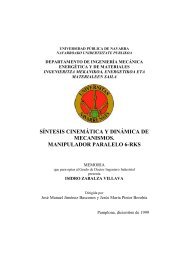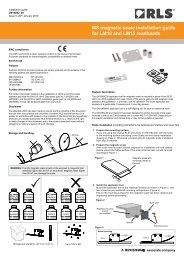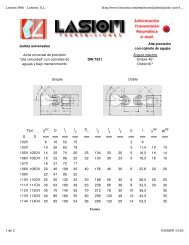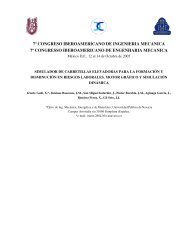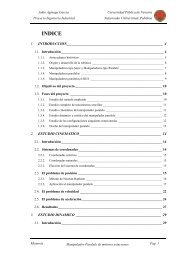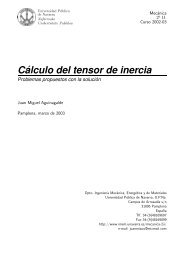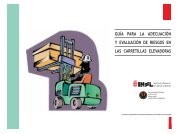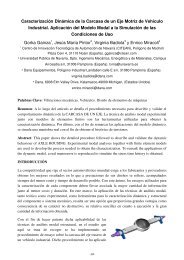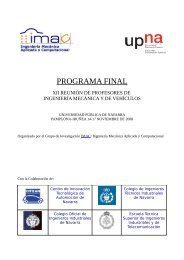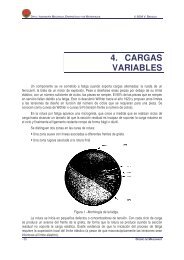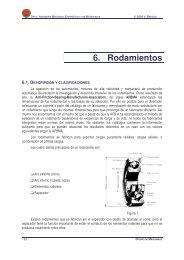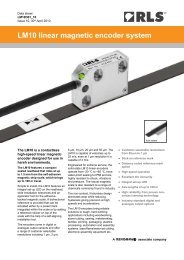OpenFOAM postprocessing and advanced running options
OpenFOAM postprocessing and advanced running options
OpenFOAM postprocessing and advanced running options
You also want an ePaper? Increase the reach of your titles
YUMPU automatically turns print PDFs into web optimized ePapers that Google loves.
POLITECNICO DI MILANO CHALMERS<br />
Running in parallel: domain decomposition<br />
The user has a choice of four methods of decomposition, specified by the method<br />
keyword<br />
For each method there are a set of coefficients specified in a sub-dictionary of<br />
decompositionDict, named Coeffs, used to instruct the decomposition<br />
process<br />
method simple/hierarchical/metis/manual;<br />
simple: simple geometric decomposition in which the domain is split into pieces<br />
by direction, e.g. 2 pieces in the x direction, 1 in y etc.<br />
hierarchical: Hierarchical geometric decomposition which is the same as simple<br />
except the user specifies the order in which the directional split is done, e.g. first in<br />
the y-direction, then the x-direction etc<br />
metis: METIS decomposition which requires no geometric input from the user <strong>and</strong><br />
attempts to minimize the number of processor boundaries. The user can specify a<br />
weighting for the decomposition between processors which can be useful on<br />
machines with differing performance between processors<br />
manual: Manual decomposition, where the user directly specifies the allocation of<br />
each cell to a particular processor<br />
Gianluca Montenegro/ <strong>OpenFOAM</strong> <strong>postprocessing</strong> <strong>and</strong> <strong>advanced</strong> <strong>running</strong> <strong>options</strong>



